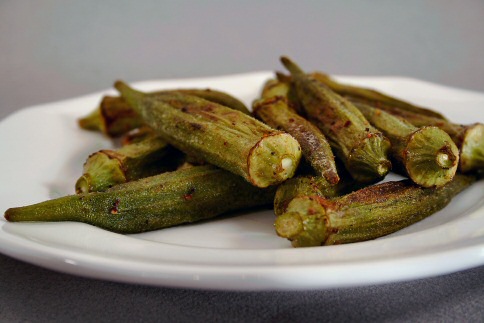S is for Slow Cooking
I love to slow cook! It's like the best invention ever! I mean what can be bad about putting food in a pot, turning the pot on, and then having a meal ready to serve in a few hours! I want to share with you my favorite slow cook author/blogger. Her name is Stephanie O'Dea. She has written two books on slow cook and has a recipe on just about anything you've imagined cooking in a crock pot. Check out her blog A Year of Slow Cooking. Do you use a crock pot? If so what's your favorite recipe? Here's my family's favorite slow cooking recipe Cream Brulee
Crock Pot Creme Brulee

Ingrediants
-2 cups heavy cream
--5 egg yolks
--1/2 cup sugar (baker's or fine sugar is better so the granules disappear)
--1 T good vanilla
--1/4 cup raw sugar (for topping, add later)
The Directions:
Find
a heat-resistant dish that fits inside of your stoneware insert. Fit it
in, and using a cup or pitcher, pour water around the edges so there is
water 1/2 - 3/4 of the way up the sides of the dish. Push it down with
your hand if it starts to float up. Take the dish back out. If you have
separate dessert ramekins, do the same thing after nestling them all
inside.
--whip the 5 egg yolks in a medium-sized bowl
--slowly add the cream and baking sugar while mixing
--add the vanilla
pour mixture into the dish and carefully lower into the stoneware without sloshing water into the dish.
Cover
and cook on high for 2-4 hours. If you are using little ramekins, check
after an hour; I'm not sure how long they will take. Custard should be
set with the center still a bit jiggly. Touch lightly with your finger
to check. Unlike an oven, it will be difficult to overcook this. Try not
to worry.
I cooked the one above for 4.25 hours on high.
VERY carefully (use oven gloves!) remove dish and let cool completely on counter, then chill in the refrigerator for 2-3 hours.
Sprinkle
the 1/4 cup of raw sugar evenly over the top of the custard. Move your
oven rack to the top rung and broil for 3-10 minutes, checking often.
The sugar will boil and brown.
Cool again in the fridge for a few hours.
Recipie posted from A Year of Slow Cooking

Labels: a-z blogging challenge, food, food recipies


